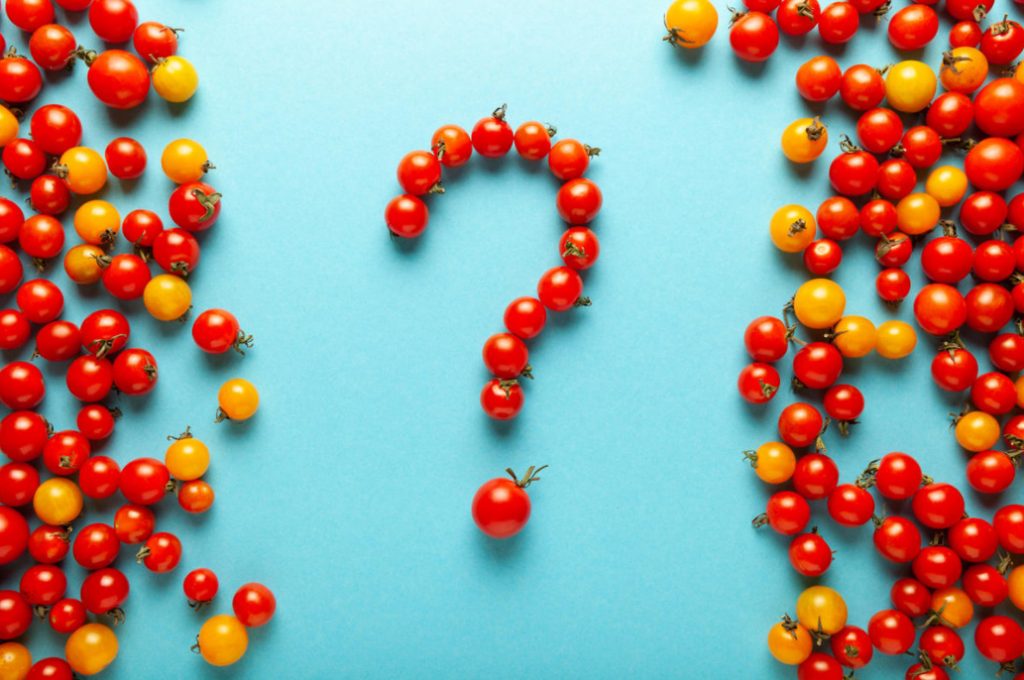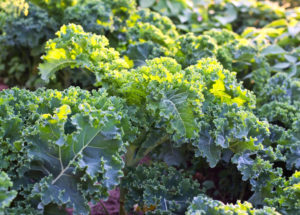It is obvious that gardeners and gardeners are most interested in tomatoes. And can all of us confidently say what a tomato is: a fruit, a vegetable or a berry? Let’s figure it out.
Fruit?
Yes, undoubtedly, a tomato is a fruit. No? Do you think I’m wrong? I will give the arguments. Let’s remember where the spread of this wonderful plant began around the world. Its homeland is South America, and there you can still find wild and semi-wild forms of tomato. In the XVI century, botanical science began to emerge. Scientists have attempted to describe and classify the plants according to various criteria. It may seem naive now, but at that time it was common practice to classify representatives of the flora in one group in terms of external similarity.
In 1544, the Italian scientist Pietro Andrea Gregorio Mattioli described the “golden apple” (poma aurea). It is from his notes that we can judge that the first tomatoes that Europeans saw were yellow, had a chamber structure and were flattened. Another naturalist (of Swiss origin) introduced the poma amoris, the apple of love, to the world around the same period. After a while, they came to the conclusion that they were talking about the same plant.
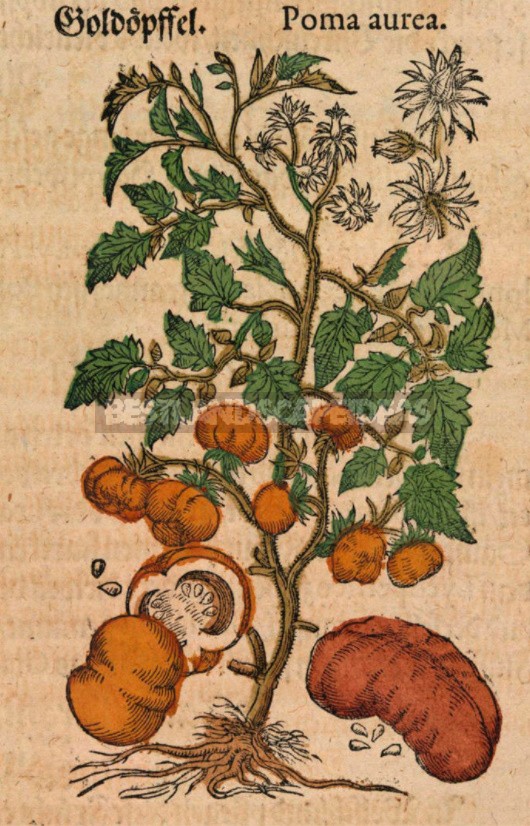
Later, in the herb guide, Mattioli gave the attractive South American the Italian name pomi d’oro, which means all the same “golden apples”. In everyday life, a tomato is often called a tomato, and now it is clear where this word came from. That is, we ourselves constantly call our tomatoes apples. Does anyone have any doubts that an apple is a fruit?
The Spanish borrowed the name “tomato” from the Aztecs. By some as yet unknown natural routes, the seeds of the “golden apple” reached the Galapagos Islands (presumably with turtles) and Central America, and then further north. In the Mexican highlands grew tomatl-today’s tomatillo (vegetable physalis), so the Aztecs easily adopted a similar edible plant in their diet, calling it shitomatl — “big tomatl”. The Spaniards brought both to Europe, but the tomato was most widely used, most likely due to its ability to self-pollinate.
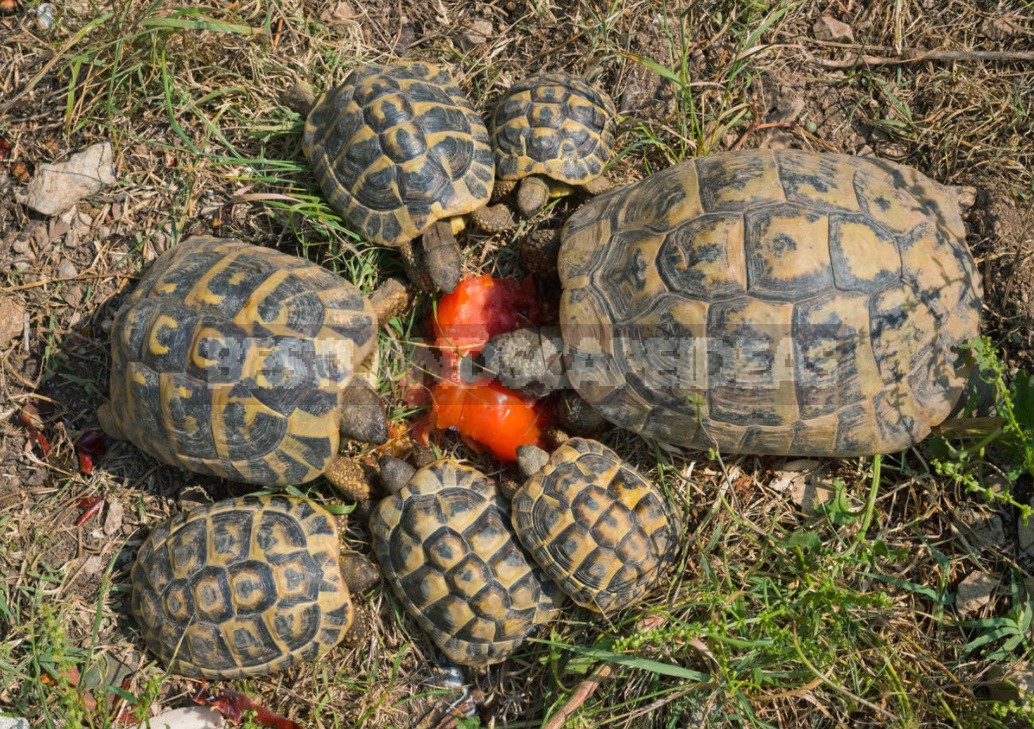
A vegetable?
Many will say that a tomato is undoubtedly a vegetable, and they will also be right. Let us turn to the explanatory dictionary: “Vegetables are root crops, bulbous, leafy and some other plants grown on ridges, as well as their fruits themselves. Root vegetables (carrots, beets, parsley, radishes). Onion vegetables (onion, garlic). Leafy vegetables (cabbage, lettuce). Fruit vegetables (tomatoes, cucumbers)”. So the dictionary definitely classifies tomatoes as vegetables.

However, you need to pay attention to the fact that this concept is purely culinary. It’s not in botany. And it’s time to say that fruit is also a household and economic term, it means a juicy edible fruit containing seeds. As a result of the ambiguous interpretation of all these terms (as well as the existence of botanical definitions), confusion has appeared, sometimes leading to legal proceedings and original decisions.
Under U.S. customs regulations in effect in 1893, all imported vegetables were subject to import duty, but fruit was not. Enterprising businessmen, the Nix brothers decided to avoid unnecessary expenses and declared tomatoes as fruit. Customs officials insisted on the opposite, and then the entrepreneurs filed a lawsuit. In the spring of 1893, the case of Nix v. Hedden (John Nix, John W. Nix, George W. Nix, and Frank W. Nix v. Edward L. Hedden, Collector of the Port of New York) was heard, as a result of which the court ruled that the tomato is a vegetable.
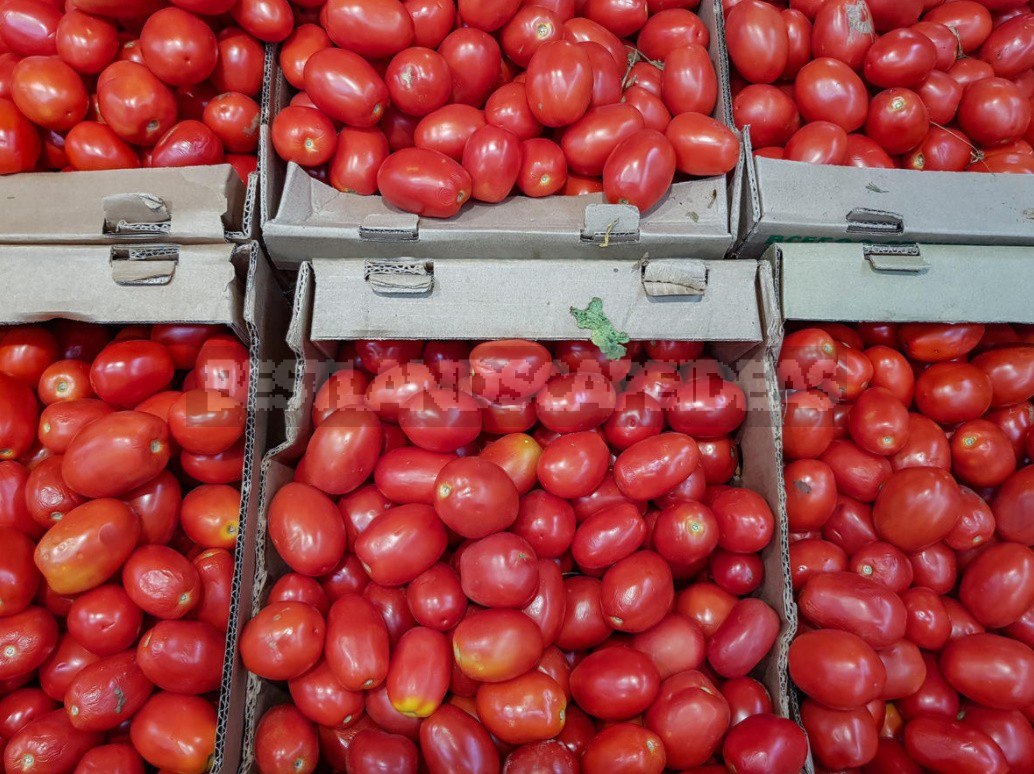
Interestingly, according to the laws of the European Union, jam can only be made from fruit. Therefore, in 2001, the EU had to assign the definition of “fruit”to the tomato. However, as well as for carrots, pumpkins, cucumbers and some other fruits, when the import of jam, jam and jam from these products began.
Berry?
It’s time to turn to science. From the point of view of modern botany, the tomato (Solanum lycopersicum) belongs to the family Solanaceae — and it is a syncarp (fractional) berry. The concept of a berry is defined as: a fruit with a thin shell, a juicy middle, usually with several dense seeds inside. For example, watermelons and cucumbers fall under this definition, but raspberries and strawberries do not.
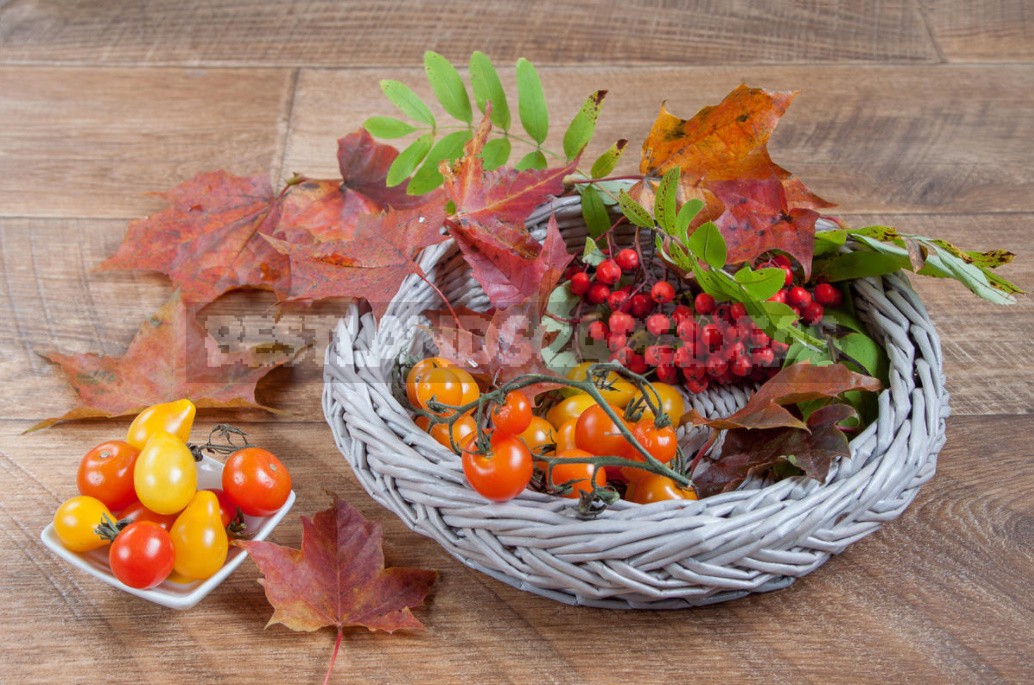
In everyday life, we use this concept differently. Apparently, the determining value is the size, so in everyday life, berries are called, for example, cherries (actually drupes), raspberries and strawberries (the essence of prefabricated drupes), mountain ash (its fruits are apples).
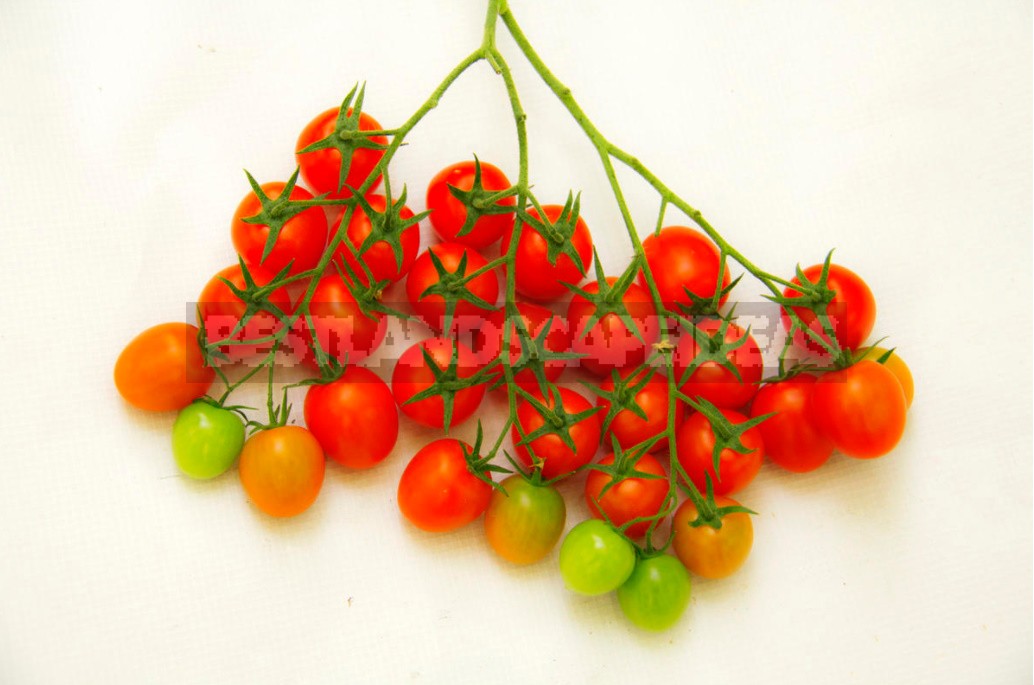
On the one hand, it is unusual to consider a tomato as a berry on a par with grapes, cranberries, currants and gooseberries, since we grow this crop as a vegetable and most often use it for the same purpose. At the same time, modern varieties of small-fruited tomatoes come to mind. Some of them have such an unusual appearance, sweet taste and fruity aroma that they almost do not look like vegetables.
To sum up. In everyday use, tomato is, of course, a vegetable: it can be eaten raw, it is grown like other vegetable crops, and it is usually not used for preparing sweet dishes. The tomato also fits the description of the fruit, and it also turns out to be exactly that from the point of view of EU customs legislation. The scientific definition clearly says that a tomato is a berry and nothing else.
All definitions have some solid foundation. But it will probably be strange and even funny in everyday life to use the definitions of a berry or fruit in relation to tomatoes. Although their taste and benefits will not change for sure.
